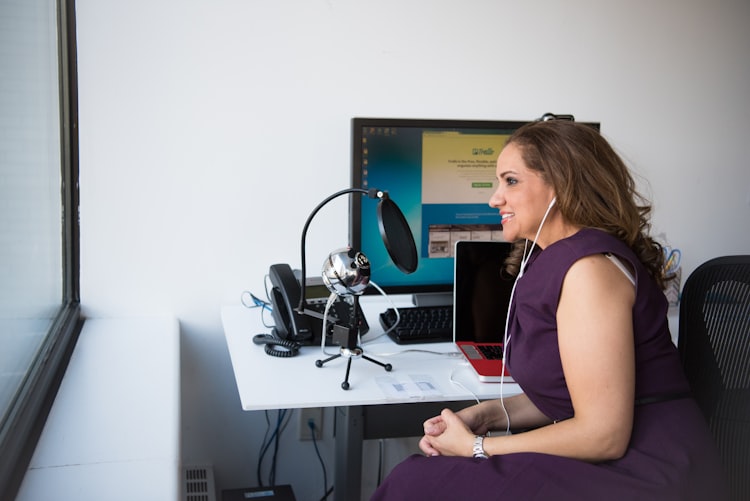Online therapy sessions are nothing new, but the COVID-19 pandemic forced an enormous number of people to seek treatment without leaving their homes. There are plenty of differences between an online therapy and an in-person therapy including how patients must prepare themselves before each session. Minor adjustments need not discourage a patient who has never received online counseling before from seeking treatment in a method that they are unfamiliar with. Are you a COVID-19 bride? Are you a COVID-19 groom? We understand from many of our readers that bride and grooms all over the world have been impacted by COVID-19 on their wedding date, budget costs, and connecting with vendors. The circumstances of COVID-19 can all be a lot of added stress on what can be a stressful time already. If you need an outlet to express your feelings and concern during this time, we have online therapy sessions that might be helpful to help you cope with being a COVID-19 bride.
Whether this is your first time to engage in a virtual therapy session, or just someone who needs additional advice for your next counseling schedule, Cake & Lace has compiled the following tips to help you get the most out of your online appointment with your therapist.
1. If you live with other people, inform them beforehand that you cannot be interrupted on the time frame that you and your therapist have chosen.
2. Before the appointment, write down the things that you want to talk about. This will ensure that you’ll be able to discuss all the important points that you want to tackle with your therapist. If a goal has previously been set, you can also jot down in your notes the progress (or lack of) that you’ve made.
3. Confirm with your therapist her or his technical requirements, and make sure that you already have an account with the telecommunications application that you will use for the virtual meeting. Ask if a microphone is enough or will a webcam be needed?
4. Prepare backup devices (laptop, tablet, etc.). If your computer crashes, these things will let you resume your therapy. And if something goes wrong with your internet connection, you should be ready to call your therapist via landline or a mobile phone. In addition, restart your computer a few minutes before talking to your therapist – this will help boost the speed and performance of your PC.
5. Make sure that essential items are within your reach to lessen distractions and interruptions. It’ll be very helpful if you can minimize (or totally eliminate) the instances when you have to pause the consultation because there’s something that you need to get. This can be maintenance medicines, a piece of paper (if you feel more comfortable writing than typing), a bottle of water, a face towel, and the like. These essentials will be unique per person, so during your initial meeting with your therapist, make a mental note of the things that you need to be nearby during your next session.
6. Make it easier for your therapist to see and hear you. Your room’s light source should never be behind you because this will make it difficult for your therapist to see you. Before the meeting, perform a test run with a faraway friend or relative, and ask them if they can see and hear you properly from their end. Feel free to ask for suggestions. Are you too close to the webcam? Is your voice loud enough? And wear a headset as well during your actual appointment.
Final Word
If you generally dislike video conferences, you’ll likely have a hard time adjusting to online therapy. But if you regularly and easily converse with other people via video chat, then there’s no reason to feel uncomfortable with teletherapy. Ultimately, there’s only one way to know if online therapy is ideal for you – by taking part in several sessions. Convenience is the main advantage of virtual therapies, and that is a very precious thing to have during times like these.






Leave a Reply